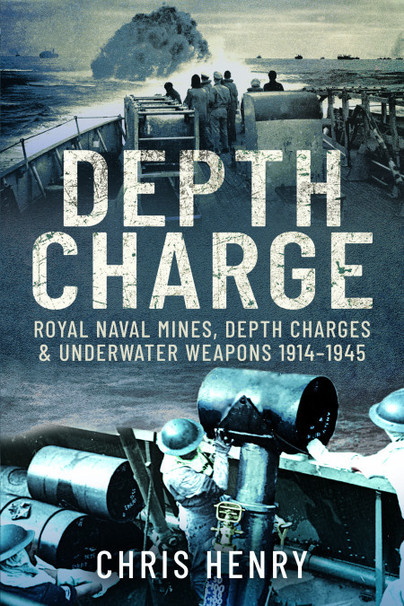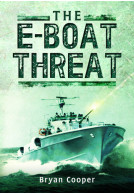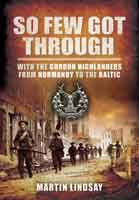Depth Charge (Paperback)
Royal Naval Mines, Depth Charges & Underwater Weapons, 1914–1945
Imprint: Pen & Sword Military
Pages: 208
Illustrations: 100 black and white illustrations
ISBN: 9781526796431
Published: 21st May 2021
(click here for international delivery rates)
Order within the next 11 hours, 33 minutes to get your order processed the next working day!
Need a currency converter? Check XE.com for live rates
| Other formats available | Price |
|---|---|
| Depth Charge ePub (4.7 MB) Add to Basket | £6.99 |
The history of weapons and warfare is usually written about from the point of view of the battles fought and the tactics used. In naval warfare, in particular, the story of how these weapons were invented, designed and supplied is seldom told. Chris Henry, in this pioneering study, sets the record straight. He describes how, to counter the extraordinary threat posed by the U-boats in the world wars, the Royal Navy responded with weapons that kept open the vital supply routes of the Atlantic Ocean. He also celebrates the remarkable achievements of the engineers and inventors whose inspired work was essential to Britain's survival.
Henry focuses his character-driven chronicle on the inventive genius of Herbert J. Taylor and, to a lesser extent, Alban L. Gwynne. The author describes the physics, chemistry, and mechanical engineering that went into building a multitude of functional weapon systems.
The Northern Mariner, Winter 2021
As stated in the first page of the book’s introduction: “It is not meant to be an exhaustive account of every weapon, but rather an explanation of some of the weapons, linked to the stories of some of the men who invented them.” With that in mind, Depth Charge is a good literary gateway for delving deeper into this often-arcane maritime history topic.
It covers the development of all the underwater weapons listed, from the early days when the danger and needs were realised, up to the end of the Second World War. by John Lambert.
Battleship
It tells how a small group of far sighted officers, engineers and scientists engaged with the problems and found solutions. Depth charges and mines form the bulk of the story, particularly the problem of creating a firing mechanism that could withstand being dropped in the sea, and then trigger at the correct time. Safety mechanisms to prevent the ship deploying the weapon became rather important!
The establishment of the specialist departments and bases dealing with these weapons is covered in detail. The expansion of them during the Second World War is detailed and shows just how important this work was.
There are copies of original line drawing s and sketches showing the various mechanisms. These are interesting.
Overall, it is a well told story covering a topic that gets little attention.















